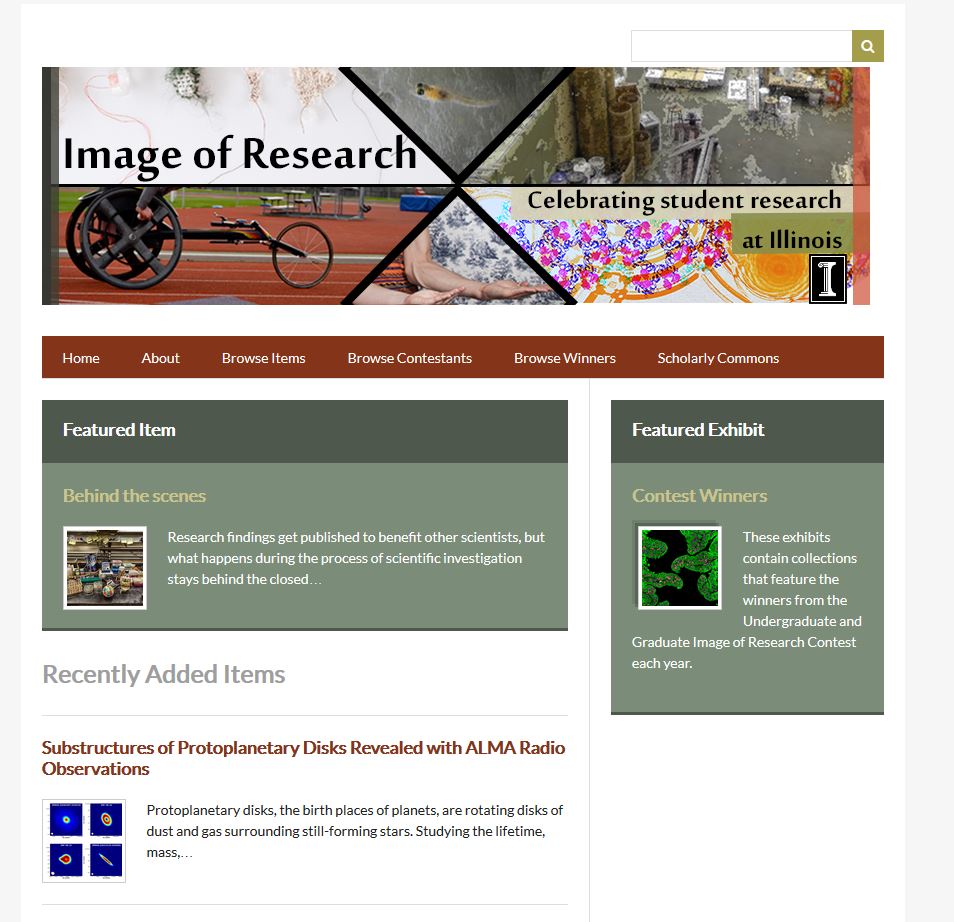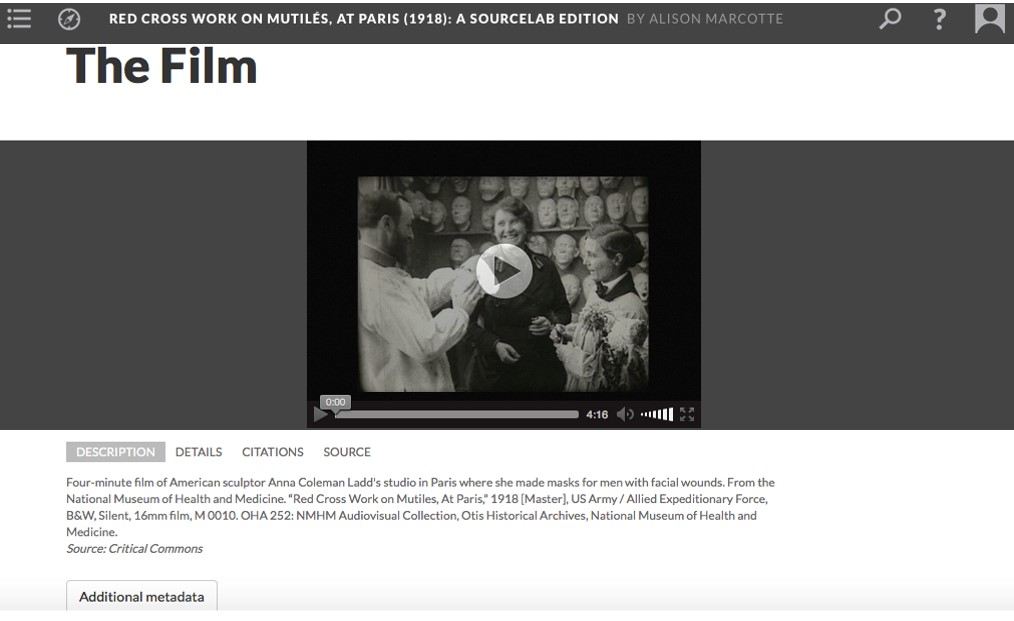Scholarly Smackdown is the Scholarly Commons’ new review series comparing popular online research tools and resources. This week we’ll be taking a look at Scalar and Omeka, resources for presenting research digitally.
No scholars were harmed in the making of this column.
Scalar
Scalar is a content management system for creating digital books of media scholarship from The Alliance for Networking Visual Culture, based out of University of Southern California. It features a WYSISWYG editor that allows you to edit different types of pages within a digital book. You choose how and in what way these pages connect. It’s free and you can create as many Scalar books as you want. It makes it easy to incorporate content from partner archives such as the Internet Archive and Critical Commons. The biggest selling point to Scalar, especially for media scholars, is that it lets you present media without having to host the media yourself, which is especially relevant for those analyzing media that is still under copyright. However, please do not let all of this potential power go to your head, and instead check out our copyright resources and feel free to contact the Copyright Librarian, Sara Benson with questions you may have.
In my opinion, Scalar is not as easy or intuitive to use as the people who created it seem to think it is, though USC provides some instructions for Scalar 2. The latest update has been buggy, and while ANVC/Scalar GitHub is very helpful, Scalar is clearly still a work in progress. If you do have any experience with web development, there is very limited customization, and I was not able to find specific instructions for CSS styling for Scalar 2. Finally, you cannot import your own files larger than 2 MB, which can be frustrating if you want to use your own very high quality scans of items.
Omeka

Omeka.net Image of Research!
Omeka.net is a content management system designed for creating online exhibits from the Center for History and New Media at George Mason University and Corporation for Digital Scholarship, the people behind Zotero and THAT Camp.
Omeka basic features a WYSIWYG Editor and 500MB of file storage. The biggest advantage of Omeka is that it makes it very easy to add a lot of metadata about items that you want to display in an exhibit and create and arrange collections of these items. It also features lots of plugins (such as a CSS editor and a PDF embedded documents viewer), and the website provides very clear and thorough instructions. However, you can create only one Omeka site per account on the free version. If you contact the Scholarly Commons we can set up an Omeka site for you through the library institutional account, and you can learn more information and request an Omeka site here.
One major difference between Omeka and Scalar is that with more storage, comes more responsibility; specifically, making sure that you have the permission to use items so that your research does not get taken down. Once again — please check out our copyright resources. Other notable drawbacks include the fact that customization is limited and Omeka.net is not great at creating things that aren’t online exhibits or exhibit-like sites.
Conclusion
Omeka and Scalar are two options of many for creating digital humanities projects. For specific questions and to learn more about Scalar and Omeka and other digital humanities resources at Scholarly Commons email us, and don’t forget to join us for a Savvy Research workshop about Scalar October 17 from 1-2 pm.
Let us know in the comments about your Scalar and Omeka experiences! Which do you prefer and why?
Further Reading:
Omeka Libguide: http://guides.library.illinois.edu/omeka
Scalar Libguide: http://guides.library.illinois.edu/scalar
Sources:
